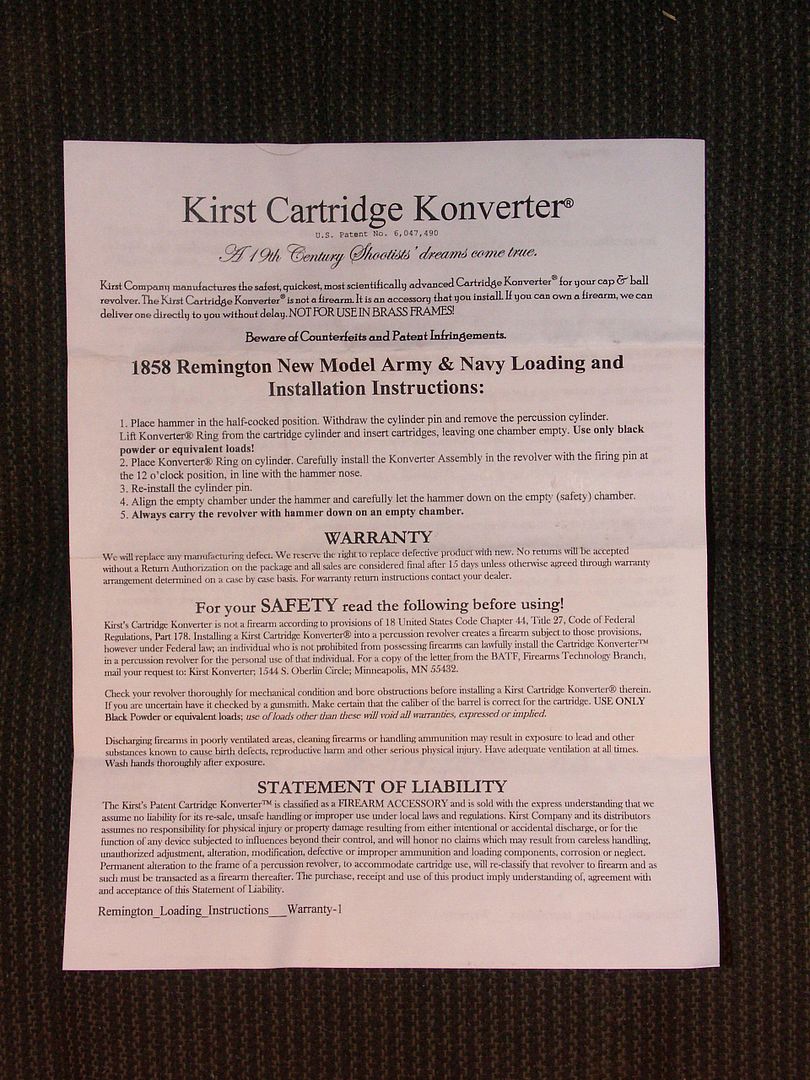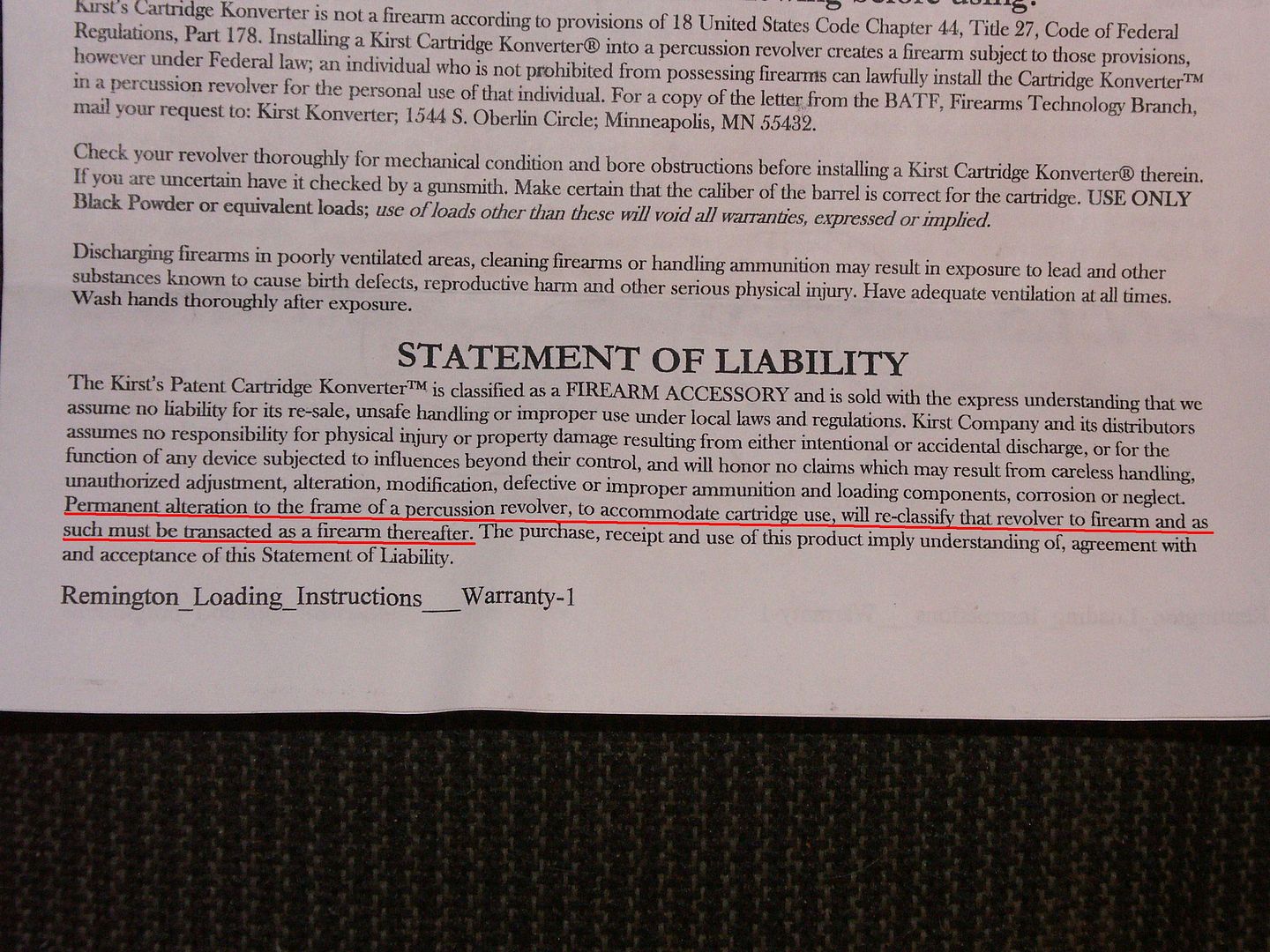Just above your post I cited a specific Federal law that defines what is a firearm, and the definition would include a black powder pistol.
A firearm, as you quoted in 18 USC 921 (a)(3) is pretty well defined. That section specifically excludes "antique firearms" from the definition of "firearm":
(D) any destructive device. Such term does not include an antique firearm.
18 USC 921 (a)(16) defines an antique firearm. You'll see that a cap and ball revolver fits that description.
"Firearms" and "antique firearms" are two completely different things in the eyes of the federal government, and for good reason - they're regulated differently from each other. It's fair (although a little sly) to say that a cap and ball revolver is not a "firearm" from the point of view of the ATF.


